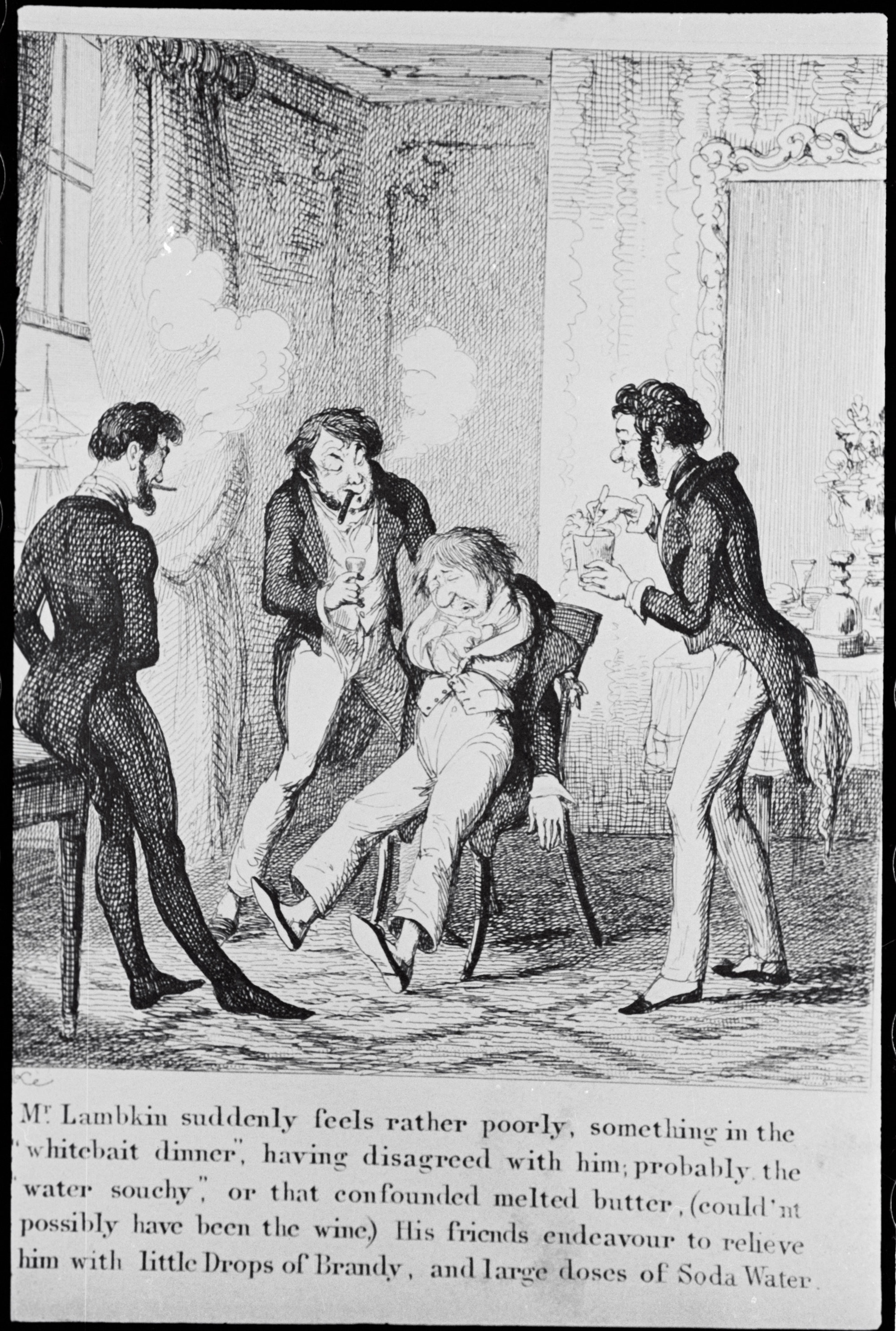
History of the highball, Japan’s popular whisky and soda cocktail, from its British and American roots to the origin of its name
- The highball is associated with high-end Japanese bars, but this cocktail of whisky and soda was popular in Britain and the US decades before it reached Asia
- The origins of its name are debated, and procedures for preparing it differ between bartenders, but the drink’s beauty undeniably lies in its simplicity
The simplest things in life are often the best: sharing a pizza with friends, watching the sunrise with a loved one or sipping a perfectly executed two-ingredient cocktail, such as a whisky and soda, on a sunny day.
In 2013, while I was cutting my teeth as bartender at the Savoy Hotel in London, I travelled to Japan for the first time. It was in Tokyo, at the Mori Bar in Ginza, that I had my first whisky and soda, also known as the whisky highball. It was a revelation.
While many associate the drink with high-end Japanese bars, the origins of the whisky highball are far humbler – and perhaps even had a British accent.
If we look at the early 1800s, the highball’s closest ancestor would be the brandy and soda, which was popular in England at the time.

It was there that the first whisky highball recipe was officially recorded. In 1895, Chris Lawlor, from Burnet House in Cincinnati, included a “High Ball” recipe in his book The Mixicologist, with the instructions: “Put in a thin ale-glass one lump of ice; fill with siphon seltzer to within an inch of the top, than float one half jigger brandy or whiskey.”
And what about the name? Why is it called a highball? One theory links the word to terminology used in the railway industry during the 19th century; “highball” refers to the ball inside a steam engine’s water tank that would let the conductor know if there was sufficient water volume to create steam power.
If it was floating at the correct level, they would give a signal to the crew with two short and one long whistles – some say this represents the ideal formula for a good highball cocktail, i.e. two shots of liquor and a long pour of soda.
Another theory has it that “highball” may have been a slang term for a drink that could be speedily consumed, while another suggests it may have Irish roots, with the term “ball” being a common term for a tall glass of whiskey in the Emerald Isle.

Back in Japan, it wasn’t until after the second world war, in the 1950s, that the whisky highball started gaining popularity among the masses. During this time, Suntory opened a string of bars in the big cities, called Tory’s Bar, to promote the drinks company’s products.
Today, the drink is a staple in Japan; from yakitori bars to karaoke dens, and even vending machines stocked with delicious canned versions, the highball has become deeply ingrained in the country’s drinking culture.

Back then at Mori Bar, I realised that every part of the making of the highball is considered. Observing the bartender preparing the simple serving was like watching a ballet. Every step was elegantly executed – from the movement of the hands to the shaping of the ice, and the way the soda was poured into the glass.
Even though it was just whisky, water and ice, it felt like a ritual.
The bartender considers not only the temperature and dimensions of the glass, but the number of times the drink is stirred. As carbonation is key, the water is considered for its effervescence and the size of its bubbles, but also its minerality.
Each maestro has their own signature procedure – some add a twist of lemon, others don’t. Some choose a blended whisky, some a single malt.
When I create a highball, I usually opt for a blended scotch, and use a ratio of 2:1 water to spirit, good quality ice and a nicely effervescent soda.
It’s also important to keep your glasses very cold – mandatory, even – otherwise it would feel like eating spaghetti cooked past al dente.
Last but not least, I gently release the essential oils of a lemon peel over the glass, to add a profound citrus aroma.
This may be my own take on the highball, but certainly the beauty of the cocktail lies in the fact that it is similar to a blank canvas. Because of its simplicity and approachable flavour profile, the highball has stood the test of time. It’s not simply a cocktail, but an icon.

